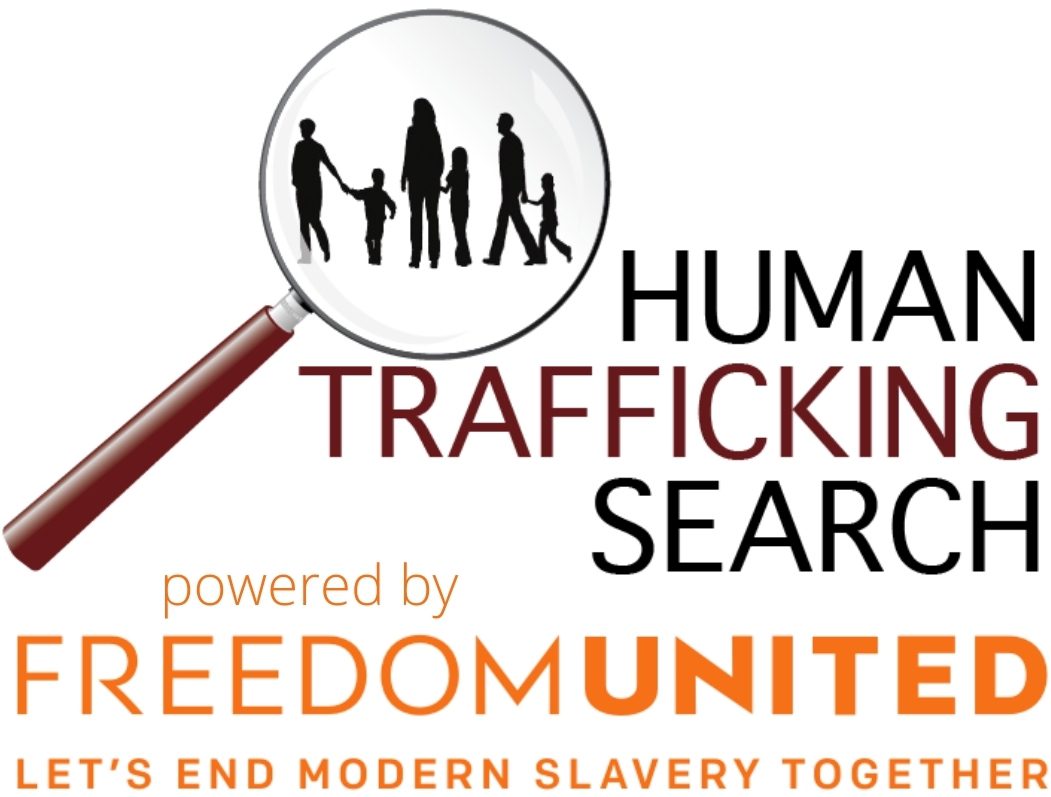Sign up for our news digest
I agree to receive email updates from Human Trafficking Search. I may unsubscribe at any time.
Posts by: Human Trafficking Search
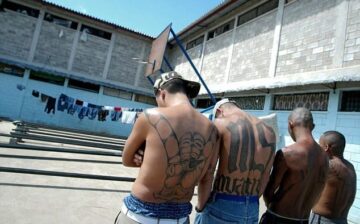
The Connection between the Mara Salvatrucha and Human Trafficking
The Mara Salvatrucha, better known by their acronym MS-13, is one of the largest and most violent transnational criminal organizations in the world. Their motto is “Kill, Rape, Control.” Since the 1980s, MS-13 members have typically engaged in a wide range of violent and criminal activity including, drug distribution, murder, rape, prostitution, robbery, home invasions, immigration offenses, kidnapping, carjacking/auto thefts, and vandalism. More recently there has been a rise in MS-13 engaging in human trafficking.
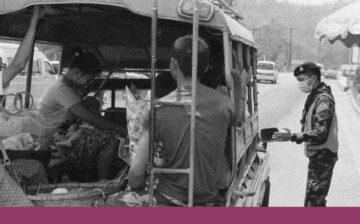
Publication of the Month: Trafficking in persons from Cambodia to Lao PDR and Myanmar to Thailand
The report is the first joint report of its kind to explore human trafficking in the sub-region.
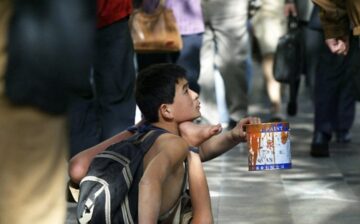
Forced Begging
The human trafficking industry is commonly associated with secrecy: operations occur underground, behind the scenes, hidden from the public eye. There is, however, at least one type of human trafficking in plain sight. The victims of forced child begging will interact with anyone whose path crosses theirs.
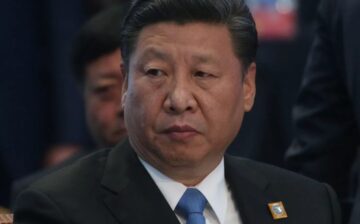
Surprising Developments in the 2017 Trafficking in Person’s Report
There were some surprising changes in this year’s Department of State Trafficking in Person Report (TIP). China was downgraded to Tier 3—the worst designation a country can receive. Despite backlash from the human rights community, Malaysia was upgraded from the Tier 2 Watch List to Tier 2. Finally, Burma and Iraq were removed from the Child Solider Prevention Act which lists governments guilty of recruiting and using child soldiers.
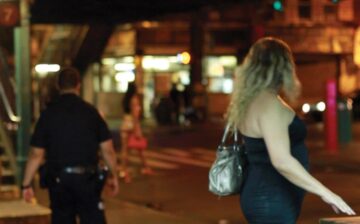
Sex Trafficking vs. Sex Work: What You Need to Know
The terms “sex trafficking,” “sex work,” and “prostitution” are often conflated. While both sex work and sex trafficking involve prostitution by definition, sex work entails a willing engagement in commercial sex while sex trafficking involves force, coercion, or deceit. Some enter the industry willingly as sex workers but may eventually become victims of trafficking.
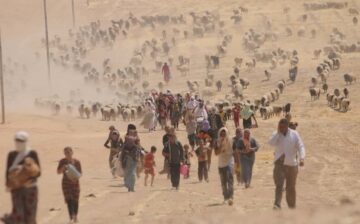
The Sexual Slavery of Yazidis by ISIS
In August 2014, ISIS attacked the largely Yazidi populated region of Sinjar, Iraq. The Yazidis are a minority group located primarily in northern Iraq, by the Syrian border. The Yazidi religion has aspects of Zoroastrianism, Christianity, Judaism and Islam, but differs in their belief in reincarnation and the idea that God put the world in the care of seven holy beings. Because of this, the group has been targeted heavily by ISIS, who label the Yazidis as devil worshipers.
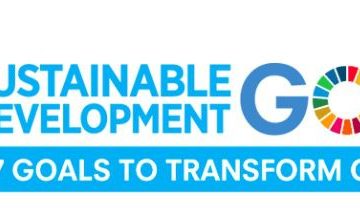
2030 Agenda for Sustainable Development and Human Trafficking
Global leaders convened at a United Nations summit in September, 2015 and adopted 17 Sustainable Development Goals (SDGs) for the 2030 Agenda for Sustainable Development. The SDGs focus on people, the planet, prosperity, peace, and partnership. With these new goals, member states that were present at the summit are expected to establish a national framework to end poverty and fight inequality. The 2030 Agenda for Sustainable Development will help combat human trafficking through goals 5, 8, and 16.
Hidden in Plain Sight
Started in 2010 by founder Alezandra Russell, Urban Light fights the sex-trafficking of young males in Chiang Mai, Thailand, through the variety of services offered at their Youth Center. Summer Fellow Joanna DiBiase spoke to Russell about her organization and their impact on human trafficking in Thailand and around the world.
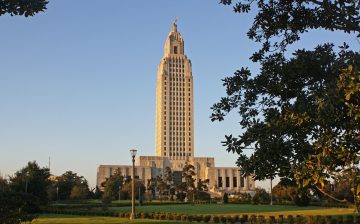
‘Modern-Day Slavery’: Many Southern States Have Prison Inmates Working in Governor’s Mansions and Capitol Buildings
When activist Sam Sinyangwe was awaiting a meeting with the governor’s office at the Louisiana state capitol building in Baton Rouge, he noticed something odd. A black man in a dark-blue jumpsuit was printing papers while a correctional guard—with a badge and gun—stood watching over him. The pair stood out against the white, middle-aged legislators populating the building.
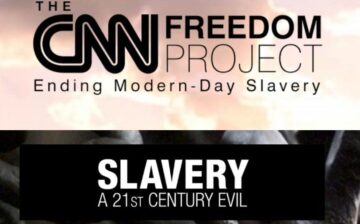
Media Coverage of Human Trafficking
The media has the ability to shape the general public’s awareness and understanding of human trafficking, so it is crucial that journalism on the topic is well executed. Unfortunately, many news outlets prioritize sensationalist stories over nuanced coverage of trafficking.
